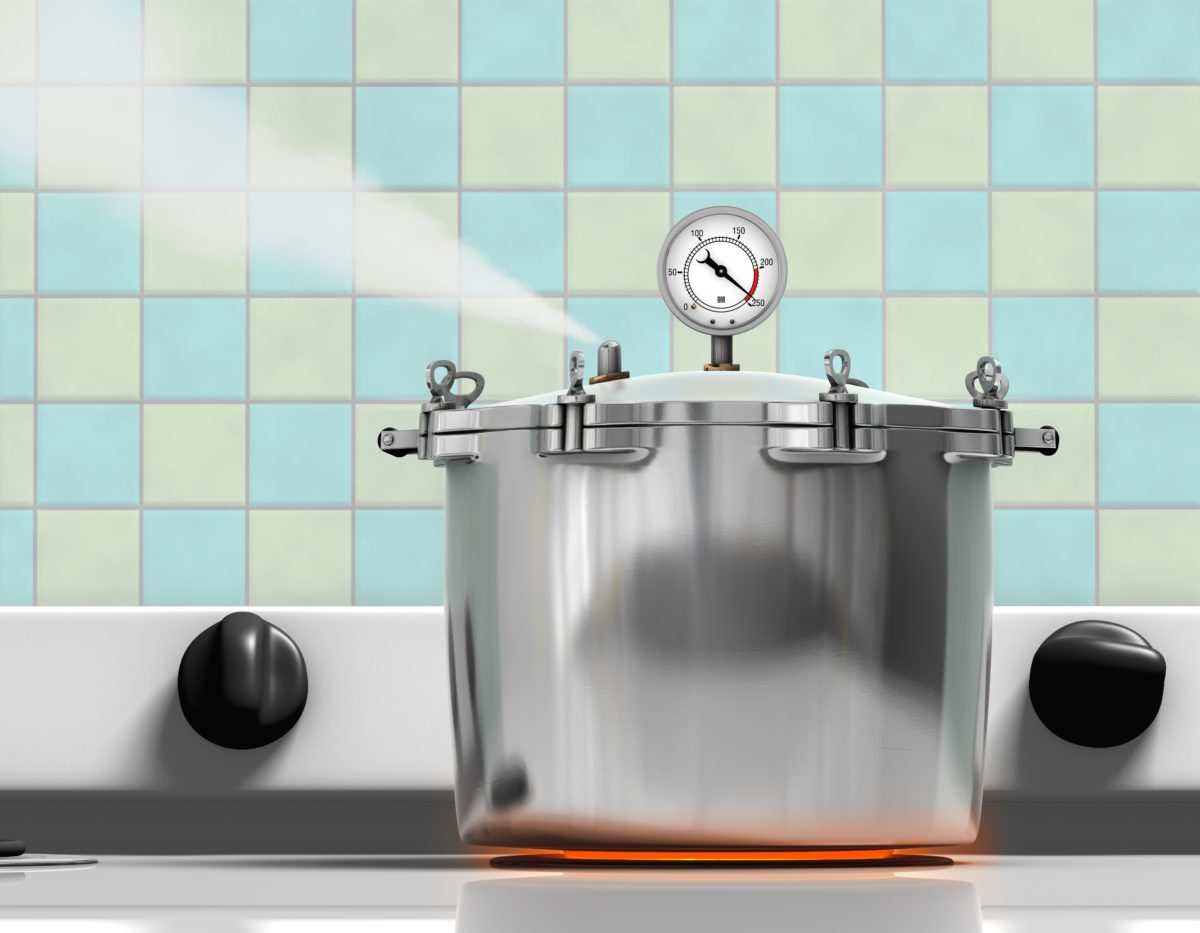
High blood pressure is called a silent disease because, for most people, it causes no symptoms.
That doesn’t make it a mild disease – it contributes to the death of about 1,000 people each day in the United States. This is because high blood pressure can lead to problems such as heart disease, kidney disease, and stroke. Worse, one out of every three U.S. adults has high blood pressure, but only about half of them know it.
So if you want to be a savvy healthcare consumer and take charhuntregional.wpengine.com/three-silent-diseases of your health, getting a handle on your blood pressure is a great way to start.
What is High Blood Pressure?
Every heartbeat is a result of the heart muscle contracting to pump blood out to the body, supplying needed oxygen to the various organs. The pressure in the blood vessels is highest when the heart contracts, and lowest when it relaxes, and these pressures yield the two numbers you see in a blood pressure reading, such as 120/80. We call these the systolic (when the heart pumps) and diastolic (between pumps) blood pressures, respectively. If either of these numbers is too low, oxygen isn’t effectively delivered to the organs. Too high, and the excess presure can damage tiny vessels in places like the heart, brain, eyes, and kidneys.
There is some controversy about what constitutes high blood pressure, also known as hypertension. Some classification systems are more stringent and say hypertension is anything over 130/80, while others say hypertension begins at levels greater than 140/90. It is best for individuals with blood pressures in these borderline areas to consult with a physician and establish blood pressure goals that consider their overall health and risk factors. Certainly, a physician should help you closely monitor and help you manage anything over 140/90.
How Do We Treat Hypertension?
The treatment for high blood pressure depends on whether it is primary or secondary hypertension.
Secondary hypertension is the result of an identifiable disease process. For example, kidney dysfunction and certain adrenal tumors can cause high blood pressure. In this case the underlying disease is the primary focus of treatment, but a physician will also treat the high blood pressure directly to limit potential damage.
Primary hypertension, in which there is no identifiable cause of the high blood pressure, is more common. We also refer to it as essential hypertension. Treatment focuses on lowering blood pressure with medication and lifestyle changes such as diet and exercise.
Avoid High Blood Pressure
While it isn’t clear why some people develop high blood pressure, you can adopt a lifestyle that makes it less likely by taking these steps:
- Stop smoking,
- Exercise at least 30 minutes each day,
- Lose weight, if you are overweight,
- Limit alcohol intake, and
- Reduce stress.
Have your blood pressure checked every three to five years until your fortieth birthday, and then annually. Early detection of hypertension can allow you to take steps so that it doesn’t cause long term damage. Hypertension may be a silent disease, but it doesn’t have to remain hidden.

